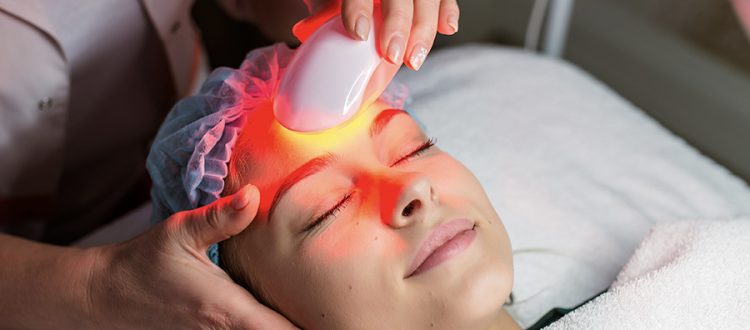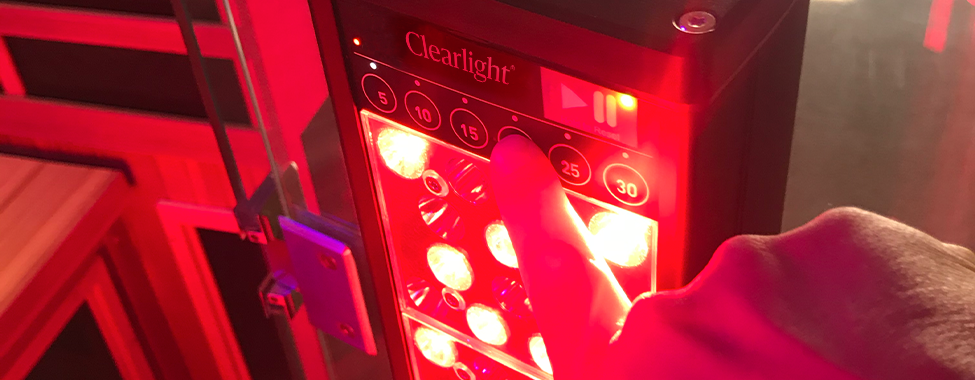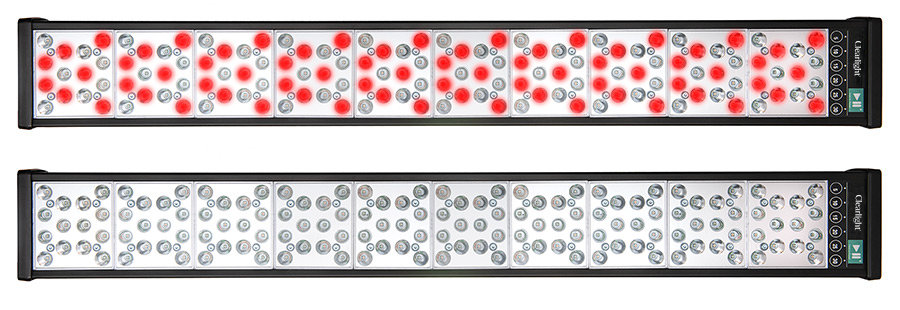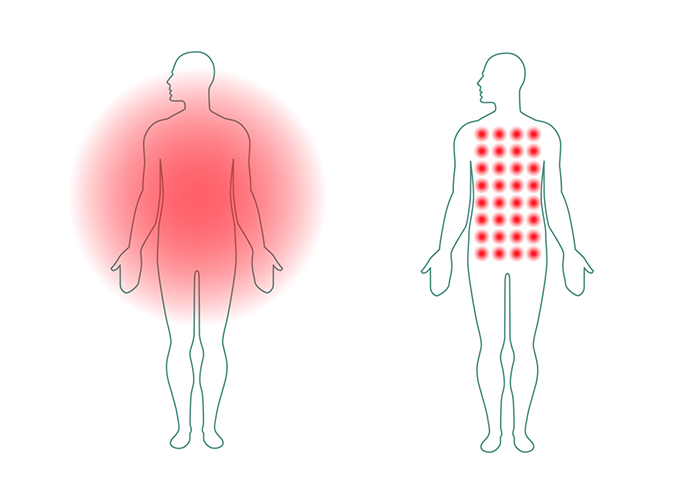By Dr. James DiNicolantonio www.drjamesdinic.com
Most people use saunas for relaxation, stress reduction, pain relief, and socializing. 1 The most commonly reported benefits with sauna use include improvements in pain, mental issues, and sleep 1 – something all of us could benefit from right now. However, emerging evidence suggests that sauna is not only beneficial for our mental health but also our heart health.
In fact, regular sauna bathing is associated with reductions in hypertension, fatal cardiovascular events, sudden cardiac death, stroke, neurodegenerative diseases, and all-cause mortality. 2, 3 Sauna bathing 2-3 times per week, versus 1 time per week or less, is also associated with a 33% reduction in the risk of venous thromboembolism. 4 Epidemiological studies find greater reductions in cardiovascular risk with frequent and regular sauna sessions of at least 20 minutes in duration. 2 ,3 , 5

For most saunas, in order to elevate heart rate above 100 beats per minute the session needs to be longer than 10-15 minutes. The real magic with sauna bathing likely occurs somewhere around the 25 to 30-minute mark (when the heart rate reaches around 120 beats per minute or higher). 5
Two clinical trials in patients with at least 1 cardiovascular risk factor found that 30 minutes in the sauna improves systolic and diastolic blood pressure. 6, 7 One of them noting improvements in arterial stiffness.6 In heart failure patients, sauna sessions also significantly reduce blood pressure 8 and also increase cardiac and stroke indexes, reduce systemic vascular resistance and increase ejection fraction. 9 These benefits may have to do with improvements in oxidative stress and increases in the production of nitric oxide leading to better vascular relaxation and blood flow. 10
Two weeks of far infrared sauna sessions significantly improves systolic and diastolic blood pressure, flow-mediated dilation, fasting glucose, body weight, and body fat. 11 Far infrared sauna therapy also improves ventricular arrhythmias, heart rate variability and brain natriuretic peptide in patients with chronic heart failure 12 and vascular health in patients with at least one coronary risk factor. 13

Combining aerobic exercise with frequent sauna bathing may confer the greatest heart health benefits. Indeed, 15 minutes of aerobic exercise followed by 15 minutes in the sauna improves mean arterial pressure, arterial stiffness and pulse pressure, benefits that were retained even after a 30-minute recovery period. 14 Sauna bathing also lowers heart rate. Indeed, one study noted a 9 beat per minute reduction in resting heart rate after a 30 minute sauna session. 5 And another study found similar benefits with a 25-minute sauna session finding reductions in blood pressure and heart rate. 15
During a sauna session there is an acute increase in heart rate and blood pressure but afterwards there is a reduction. 15 An effect similar to what occurs with moderate exercise. Additionally, after sauna bathing there is a significant increase in parasympathetic activity but a reduction in sympathetic activity leading to an increase in heart rate variability. 5 Considering that hypertension, fatal arrhythmias, coronary artery disease, and acute myocardial infarction are associated with reductions in heart rate variability 5 an improvement in this parameter with sauna therapy may lead to significant cardiovascular benefits.
In summary, sauna bathing is safe for most individuals and appears to lower blood pressure, improve artery health, heart rate variability, and resting heart rate. Sauna therapy also increases nitric oxide dilating blood vessels and reducing oxidative stress. All of these effects are likely why regular sauna use is associated with a lower risk of dying from heart disease.
References
1 Hussain JN, Greaves RF, Cohen MM. A hot topic for health: Results of the Global Sauna Survey. Complement Ther Med 2019;44:223-34.
2 Laukkanen JA, Laukkanen T, Kunutsor SK. Cardiovascular and Other Health Benefits of Sauna Bathing: A Review of the Evidence. Mayo Clin Proc 2018;93:1111-21.
3 Laukkanen T, Khan H, Zaccardi F, et al. Association between sauna bathing and fatal cardiovascular and all-cause mortality events. JAMA internal medicine 2015;175:542-8.
4 Kunutsor SK, Makikallio TH, Khan H, et al. Sauna bathing reduces the risk of venous thromboembolism: a prospective cohort study. Eur J Epidemiol 2019;34:983-6.
5 Laukkanen T, Lipponen J, Kunutsor SK, et al. Recovery from sauna bathing favorably modulates cardiac autonomic nervous system. Complement Ther Med 2019;45:190-7.
6 Lee E, Laukkanen T, Kunutsor SK, et al. Sauna exposure leads to improved arterial compliance: Findings from a non-randomised experimental study. European journal of preventive cardiology 2018;25:130-8.
7 Laukkanen T, Kunutsor SK, Zaccardi F, et al. Acute effects of sauna bathing on cardiovascular function. J Hum Hypertens 2018;32:129-38.
8 Tei C, Horikiri Y, Park JC, et al. [Effects of hot water bath or sauna on patients with congestive heart failure: acute hemodynamic improvement by thermal vasodilation]. J Cardiol 1994;24:175-83.
9 Tei C, Horikiri Y, Park JC, et al. Acute hemodynamic improvement by thermal vasodilation in congestive heart failure. Circulation 1995;91:2582-90.
10 Gryka D, Pilch WB, Czerwinska-Ledwig OM, et al. The influence of Finnish sauna treatments on the concentrations of nitric oxide, 3-nitrotyrosine and selected markers of oxidative status in training and non-training men. Int J Occup Med Environ Health 2020;33:173-85.
11 Biro S, Masuda A, Kihara T, et al. Clinical implications of thermal therapy in lifestyle-related diseases. Exp Biol Med (Maywood) 2003;228:1245-9.
12 Kihara T, Biro S, Ikeda Y, et al. Effects of repeated sauna treatment on ventricular arrhythmias in patients with chronic heart failure. Circ J 2004;68:1146-51.
13 Imamura M, Biro S, Kihara T, et al. Repeated thermal therapy improves impaired vascular endothelial function in patients with coronary risk factors. J Am Coll Cardiol 2001;38:1083-8.
14 Lee E, Willeit P, Laukkanen T, et al. Acute effects of exercise and sauna as a single intervention on arterial compliance. European journal of preventive cardiology 2019:2047487319855454.
15 Ketelhut S, Ketelhut RG. The blood pressure and heart rate during sauna bath correspond to cardiac responses during submaximal dynamic exercise. Complement Ther Med 2019;44:218-22.
 Canada
Canada Australia
Australia New Zealand
New Zealand Germany
Germany UK
UK EU
EU Ireland
Ireland Malaysia
Malaysia China
China


































